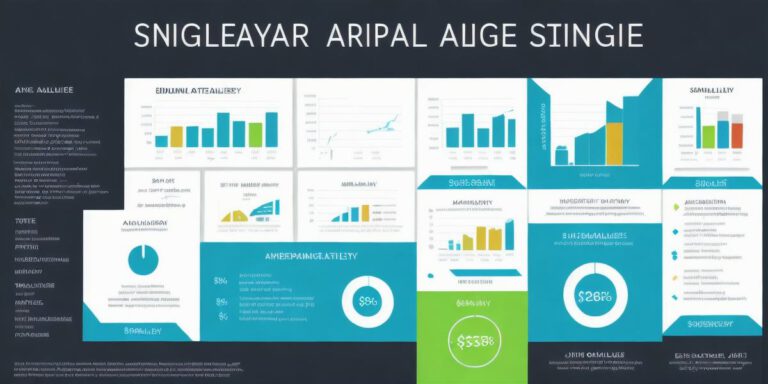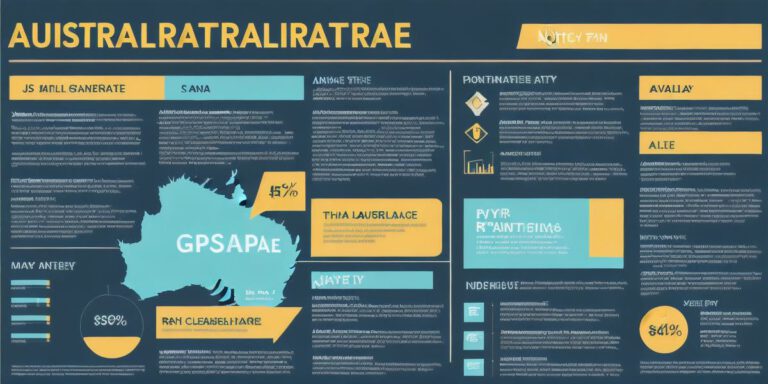Train conductors are some of the hardest-working people in our transportation system, guiding passengers safely to their destinations and ensuring their comfort. However, many people may wonder about train conductors’ salaries and how they compare to other professions. In this guide, we will explore everything you need to know about train conductors’ salaries and how they are determined.
Salary Range for Train Conductors
Train conductors typically fall under the category of transportation and material moving workers. According to the Bureau of Labor Statistics (BLS), these workers earned an average salary of $48,760 per year in May 2019. However, this figure can vary depending on a variety of factors such as location, experience level, and type of employer.
For example, train conductors working for Amtrak, the national rail passenger service, typically earn more than those working for regional or local transit systems. In addition, experienced train conductors with many years of service may earn higher salaries than entry-level positions.
Factors Affecting Train Conductor Salaries
Several factors can affect the salary of a train conductor. These include:
- Location: As mentioned earlier, train conductors working in urban areas or large metropolitan areas may earn more than those working in smaller towns or rural areas. This is due to the higher cost of living and greater demand for transportation services in these areas.
- Experience level: The longer a train conductor has been on the job, the more they are likely to earn. This is because experience can lead to increased efficiency and productivity, which can benefit both the employee and the employer.
- Type of employer: The type of employer can also affect a train conductor’s salary. For example, Amtrak train conductors may earn more than those working for regional or local transit systems due to the higher demand and greater resources available to Amtrak.
- Training and certification: Train conductors who complete additional training or obtain specialized certifications may be able to command higher salaries. This is because employers value candidates with advanced knowledge and skills in areas such as safety protocols, customer service, and technical expertise.
Real-Life Examples of Train Conductor Salaries
Let’s take a look at some real-life examples of train conductor salaries to get a better understanding of how they are determined:
- Amtrak train conductors: According to the Transport Workers Union (TWU), Amtrak train conductors earn an average salary of $53,000 per year. This figure is based on data from the TWU’s collective bargaining agreement with Amtrak.
- Regional transit system conductors: The salary for regional transit system conductors can vary widely depending on the location and employer. For example, a bus driver in San Francisco may earn an average salary of $50,000 per year, while a train conductor in Dallas may earn an average salary of $60,000 per year.
- Commuter rail system conductors: The salary for commuter rail system conductors can also vary widely depending on the location and employer. For example, a train conductor working for Metra, the Chicago-area commuter rail service, may earn an average salary of $50,000 per year, while a train conductor working for BART, the San Francisco Bay Area’s commuter rail system, may earn an average salary of $60,000 per year.
FAQs about Train Conductor Salaries
Q: How do I become a train conductor?
A: To become a train conductor, you will typically need to have a high school diploma or equivalent and complete a training program. You may also need to pass a written and practical exam to demonstrate your knowledge and skills in areas such as customer service, safety protocols, and technical expertise.
Q: What is the job outlook for train conductors?
A: The job outlook for train conductors is generally positive, with many employers looking for qualified candidates to fill open positions.







+ There are no comments
Add yours